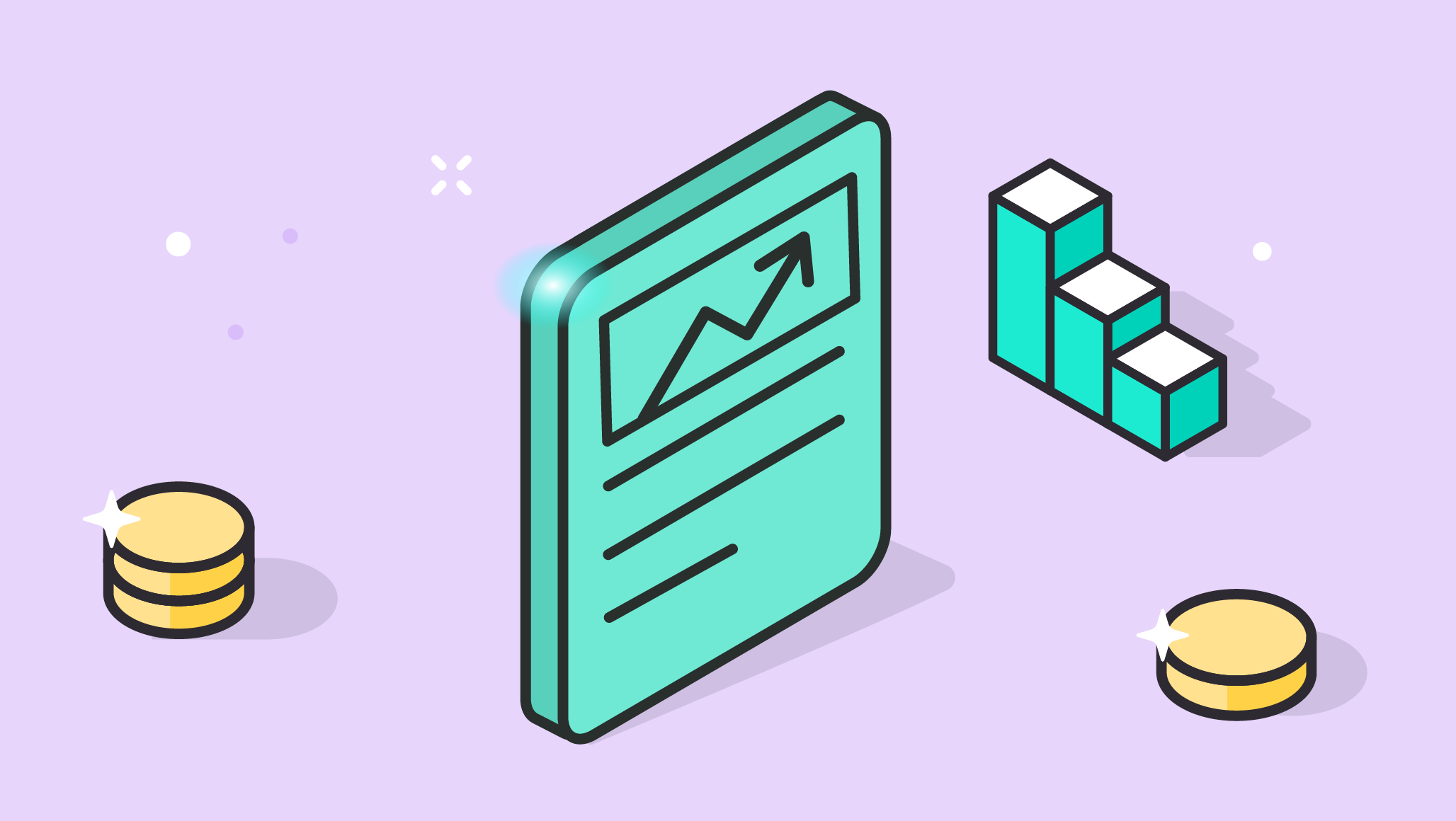- Share.Market
- 3 min read
- 08 Apr 2025
The Indian government has raised the excise duty on petrol and diesel by ₹2 per litre and allowed a ₹50 increase in the price of LPG cylinders starting Tuesday. But despite the tax hike, retail prices of petrol and diesel remain unchanged in Delhi and other major cities.
At the surface, it sounds contradictory — but here’s what’s actually happening.
What Changed & What Didn’t
While the Centre is collecting ₹2 more per litre on petrol and diesel, the base price charged by oil marketing companies (OMCs) has been lowered by a matching amount. This adjustment keeps the final price at the pump flat — ₹94.77 per litre for petrol and ₹87.67 for diesel in Delhi, while giving the government room to raise revenue without sparking public backlash.
The new price structure reveals how this was done. The Special Additional Excise Duty on petrol was raised from ₹11 to ₹13 and from ₹8 to ₹10 on diesel. To offset this, oil companies reduced the base price (the price before taxes and dealer commissions) by ₹2 per litre. Consumers, in effect, pay the same, but OMCs earn slightly less on each litre sold.
For cooking gas, though, the change is more visible. A standard 14.2 kg LPG cylinder now costs ₹853 in Delhi for regular consumers and ₹553 for beneficiaries under the Ujjwala scheme. The price hike is meant to reduce losses for OMCs, which have been selling LPG below cost. Companies like Indian Oil, HPCL and BPCL have been absorbing losses of up to ₹250 per cylinder; with this hike, that loss drops to around ₹200.
What’s Behind the Price Adjustments
The government expects to earn ₹32,000 crore in extra revenue from the fuel duty hike this year, a sum that will help it cover outstanding LPG subsidy dues, estimated at ₹41,338 crore. These subsidies were promised to oil companies for past losses, especially during periods of price freezes. Despite giving up some margin on petrol and diesel, OMCs welcomed the move.
Market Response and What Lies Ahead
At 1:13 pm, shares of HPCL were trading 4.48% up at ₹368.60, BPCL 4.53% up at ₹286.05 and IOC 2.28% up at ₹131.01. This rally was in response to the announcement.
Even after absorbing the excise duty hike, auto fuel marketing margins remain elevated — around ₹10–12 per litre, compared to a long-term average of ₹3–4. At the same time, the ₹50 LPG price hike is expected to reduce under-recoveries, while falling global crude prices help lower input costs. Together, these factors improve the near-term outlook for oil marketing companies.
The government has made efforts to stabilise revenue and ease the financial pressure on oil companies without immediately affecting consumers at the pump. With global crude prices currently trending lower, the current structure offers some near-term headroom, but how long it lasts will depend on how global oil prices evolve.
Disclaimer
Investments in securities market are subject to market risks, read all the related documents carefully before investing. This is for informational purposes and should not be considered as recommendations.
Kindly refer to https://share.market/ for more details.
PhonePe Wealth Broking Private Limited is a member of NSE & BSE with SEBI Regn. No.: INZ000302639, Depository Participant of CDSL Depository with SEBI Regn. No.: IN-DP-696-2022, Research Analyst with SEBI Regn No: INH000013387, BSE RA Enlistment Number: 5887 and Mutual Fund distributor with AMFI Registration No: ARN- 187821. Member ID: BSE- 6756, NSE- 90226.
Registration granted by SEBI, enlistment as Research Analyst and Certification from NISM in no way guarantee performance of the intermediary or provide any assurance of returns to investors
Registered office – 2, Floor 3, Wing A, Block A, Salarpuria Softzone, Service Road, Green Glen Layout, Bellandur, Bengaluru South, Bengaluru, Karnataka – 560103, INDIA.
CIN: U65990KA2021PTC146954.
